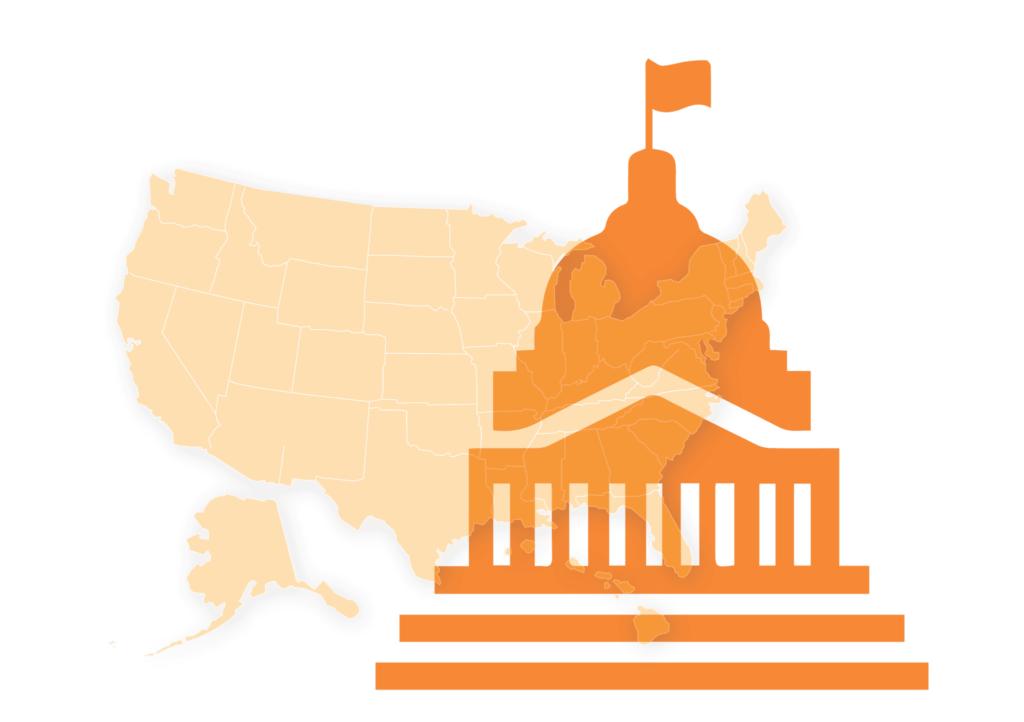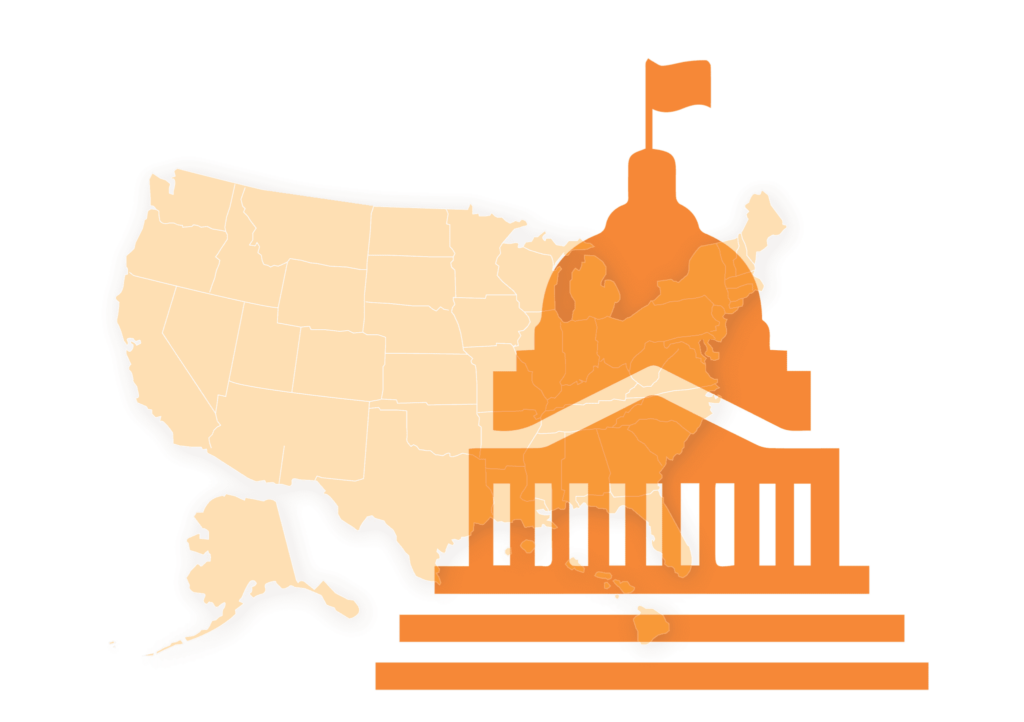Chairman McGovern, Ranking Member Cole and members of the Rules Committee, thank you for the opportunity to testify on the issue of childhood hunger and improving access to nutritious food in our schools. My name is Denise Forte, and I am the Interim CEO of The Education Trust, a national nonprofit organization dedicated to closing opportunity gaps in education that disproportionately affect students of color and students from low-income backgrounds. I also was a congressional staffer for 20 years, most recently as the Staff Director for the Education and the Workforce Committee under Bobby Scott. In my early years on the Committee, I led a number of child nutrition reauthorizations, working closely with the House Hunger Caucus under Chairman McGovern’s leadership, so I am very honored to be asked to share with you The Education Trust’s thoughts on an issue that is near and dear to my heart.
Over the past year and a half, our nation has faced unprecedented challenges. From the COVID-19 pandemic and its devastating impact on our country’s personal and economic health, to our long-awaited national reckoning with the realities of racism and police brutality, the inequities in our society have never been more apparent. Amid these ongoing national struggles and the outsized impact on communities of color and low-income communities, The Education Trust has worked to combat the inequities in our schools.
During COVID-19 school closures, Black, Latino, and Native American students have disproportionately suffered from the negative effects of the pandemic. While remote learning became the primary means of educating our children, Black, Latino, and Native American students had less access to devices and home internet service. Additionally, students of color more often had teachers with less support to execute online learning, parents whose jobs did not allow for telework or time to assist with schoolwork, and more socioemotional stressors than their White counterparts. This has contributed to disproportionate amounts of unfinished learning experienced by students of color. As we have worked to stem inequities in education over the past 18 months, it has become clear that we must also address other fundamental issues at the intersection of all the challenges affecting students in this country, including students who are experiencing homelessness, which is why it’s great you have Barbara Duffield here, and the issue that brings us together today: childhood hunger and food insecurity.
Research has shown that hunger is deeply detrimental to learning. Properly nourished children are able to more fully and actively participate in school, which not only benefits them as students, but also benefits their peers and the entire school community. A healthy eating environment teaches children good nutrition and the elements of a proper diet, which can have positive effects on children’s eating habits and physical well-being throughout life.
We have also learned that, at its core, food insecurity is a racial justice issue. Even before the pandemic, people of color were disproportionately surrounded by food deserts. Only 8% of Black Americans have a grocery store in their census tract, and 24% of Black Americans, 17% of Latinos, and 13% of Asian Americans do not own cars, making grocery shopping more difficult and more time-consuming. In addition, individuals in communities of color have to travel farther to food stores than individuals in majority White communities and have access to fewer healthy, high-quality food options than White families. These racial disparities in food access have endured over decades and are a product of systemic racism and many of the same structural barriers that affect communities of color in healthcare, education, housing, and the workforce.
The pandemic has laid bare the many challenges that are present in our country’s safety net and that have exacerbated food insecurity among communities of color. Hunger levels at the beginning of the pandemic were the highest they have ever been, and during the course of the last 18 months, the hunger epidemic has disproportionately affected communities of color. Two in five Black and Latino households (nearly 40%) with children struggled to put food on the table at the beginning of the pandemic. Last fall, The Education Trust-New York polled parents in the state of New York and found that 40% of parents skipped or reduced the number of meals they consumed personally because of the pandemic. In addition, according to data released last week by USDA, the gap between White and Black households experiencing food insecurity widened during the pandemic.
To help stem the tide of rising childhood hunger, the country came together to deploy unprecedented resources to ensure students and families in need have sufficient access to nutritious food. The Pandemic Electronic Benefits Program (P-EBT) provided essential benefits to over 8 million families with children while schools were closed last school year. These Pandemic EBT benefits reduced food hardship experienced by low-income families with children and lifted at least 2.7 to 3.9 million children out of hunger. The Department of Agriculture expanded eligibility for the Supplemental Nutrition Assistance Program (SNAP), which has long been essential to ensuring many families have food on the table, alongside a 15% increase in maximum benefits. More recently, since the Child Tax Credits payments began, the number of families reporting they do not have enough to eat dropped by 3.3 million.
These programs have played a critical role in stemming the rise of childhood hunger and mitigating the disproportionate impact of the pandemic on students and families of color experiencing food insecurity. Unlike in past recessions, food insecurity did not increase overall between 2019 and 2020.
But the work is not over, and the fight has never been more important. As school doors re-open this school year, 1 in 6 children may be hungry as they return to school. The Biden-Harris administration has taken additional steps to combat the issue of food insecurity by reimbursing schools and childcare centers for free meals for all students this year. Additionally, the House Committee on Education and Labor last week recognized the need to remove structural barriers for students and families in the Build Back Better Act. The bill would extend and expand Summer EBT, expand student eligibility for school meals, and create a Healthy Foods Incentive demonstration pilot. The bill also proposes that local education agencies conduct Medicaid direct certification so all students who participate in Medicaid can automatically receive free or reduced-price meals.
Now is not the time to lose momentum. We must build on the successes of the government’s response to the COVID-19 pandemic over the last year to ensure all students have sufficient access to quality and nutritious food.
To end hunger, we need bold ideas and a national commitment to achieve that critical goal. We need to be able to share best practices and innovation. A White House Conference can help us do that. Just as the series of Children’s Conferences hosted by U.S. presidents from President Roosevelt to President Nixon sparked real change, so too can a conference to catalyze support to end hunger. The last such Children’s Conference, held in 1969, sparked the creation of critical programs we still rely on today, but we need new commitments to meet this moment. A national conference will help create critical partnerships, bringing together stakeholders from all the sectors that have a role to play in ending hunger. Together, they can foster the next big ideas.
We need to double down on what works, including permanently expanding and extending summer EBT. Meals provided at school, while absolutely essential to student success, cannot alone solve child hunger issues and bridge existing inequities in access to food. Students need access to nutritional supports before, during, and after the school day, including on weekends. Efforts in this area must both improve and expand access for students to participate in the school meal programs as well as make it easier for community-based organizations to provide meals to children and students during out-of-school time. Permanently extending and expanding Summer EBT can ensure that more children have access to healthy food during the summer months, and more families will take advantage of the program if there are coordinated efforts to provide families with information about it.
One way to redouble our efforts is to begin to address longstanding silos between education, agriculture, healthcare, and hunger. For example, in many states, despite shared goals of providing adequate nutrition to every child, education and nutrition data systems are not coordinated. During the pandemic, this created barriers to implementing Pandemic EBT. However, in states such as Michigan, we have a roadmap to fixing this coordination issue and removing barriers to the distribution of benefits. As a result of the Michigan Department of Education’s proactive efforts to share complete education and nutrition data with the Michigan Department of Health and Human Services, the state was able to quickly distribute P-EBT benefits to families in need. While 34.5% of SNAP users reported skipping meals nationwide, only 25.4% of P-EBT recipients in Michigan reported skipping meals.
Another example comes from Virginia. At Virginia institutions of higher education, nearly 1 in 10 students are suffering from food insecurity. College students face unique barriers in accessing meals; many are balancing schoolwork with parenting, while others are working full or part time. In addition, college students, as well as those pursuing professional certifications or licensing, face unique barriers in meeting eligibility for SNAP. Virginia’s General Assembly recognized its collective responsibility to create policy that simultaneously ensures no student goes hungry and that students can focus on learning. The Assembly passed legislation to create employment and training exemptions for this demographic so that they can receive SNAP benefits and thus reduce food insecurity.
These are just a few examples of the power of creating opportunities to better collaborate across sectors, something that a White House-hosted conference would facilitate.
We have seen the potential of rallying resources around ensuring that children have access to nutritious food. And, we know there is much more to do. As we look forward, our students are depending on us. There has never been a more pressing time to double down on giving our students all the supports they need – thoughtfully, comprehensively, and without barriers. We must not think about food and meals as separate entities from education, but think of them as integral to one another and entwined.
Thank you to the caucus for recognizing the importance of and potential for addressing hunger in America. Without addressing child nutrition, we cannot close the educational opportunity gaps that disproportionately affect students of color and students from low-income families. We look forward to being partners in this effort.






 May 23, 2024 by
May 23, 2024 by